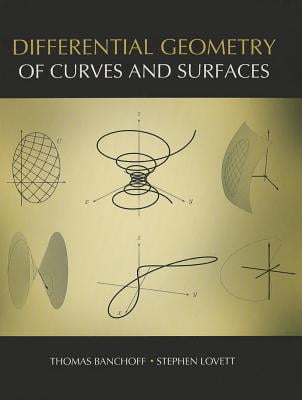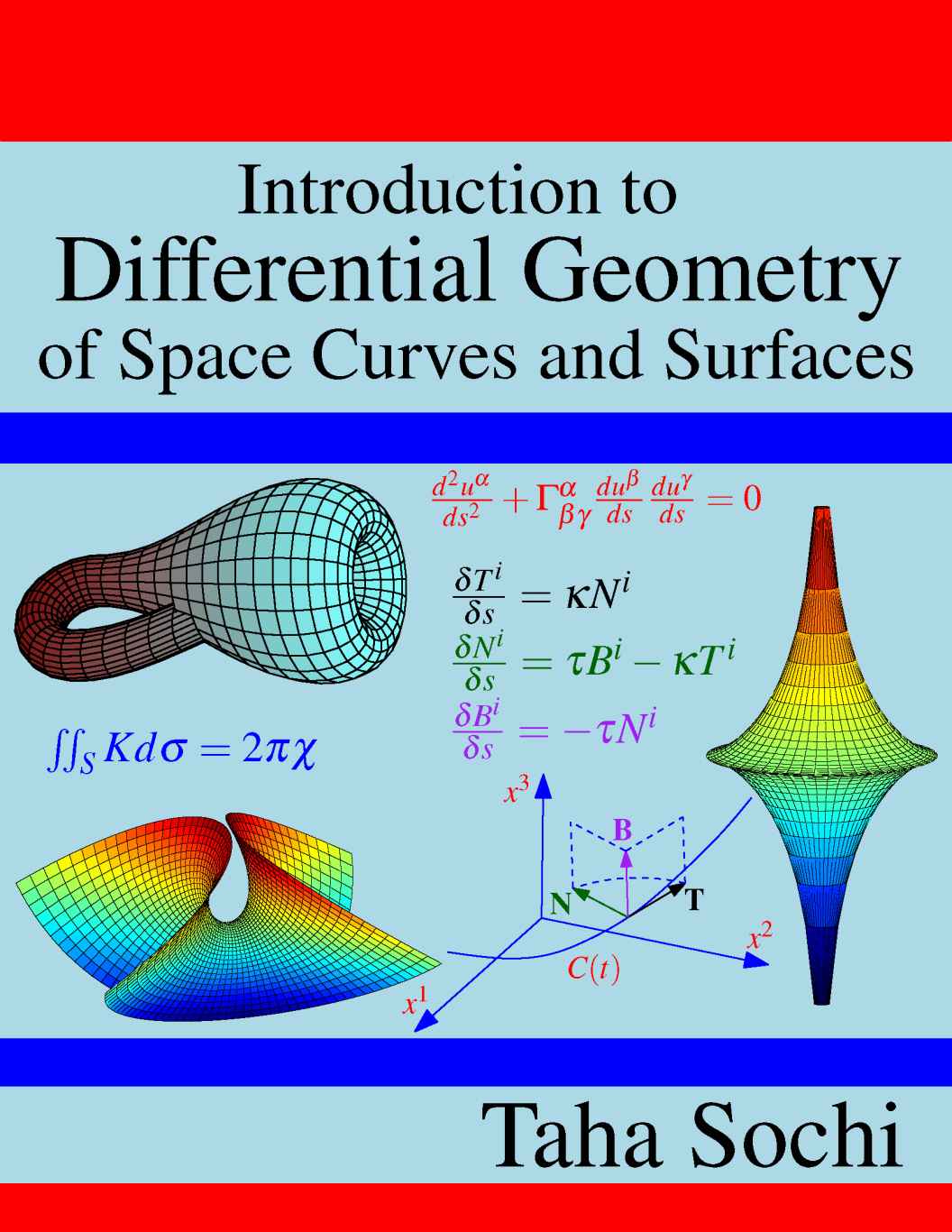

We have length on the plane, we have areas here. If that's integrated across multiple, across long regions, then we have the total area. So if that is infinitesimal, we have elements of area. The determinant of the matrix composed by those vectors, basically defines the area of the parallegram that we see here. So we have derivatives which means time change and then the normal if we have derivatives we can for example define the element of area we know that then once we have two vectors. And again, we are going to normalize that because we're interested in unit length normals. If we do the cross product between them, we get a normal to the surface. They will define a plane which is tangent to the surface at this point. The derivative S according to V is tangent. So, the derivative of S according to U is tangent. So the normal is the cross product of the two. If we do the cross product of these two vectors, we get the third vector perpendicular to these two. So we can basically be on a curve and basically say, let's just take a derivative of that curve, according to U and according to V. So we can take a derivative, according to the U parameter and according to the V parameter. But if we have curves, we can take derivatives, as we were doing on the plane. Now let's define normal area, and things like that on the surface. Two parameters, three coordinates in curves we have one parameters, two coordinates, because we were on the plane we can have curves in 3D that would be one parameter, three coordinates, for example this one. On the plane, for each U and each V, we have a X coordinate, Y coordinate and Z coordinate, and that's how we represent a surface. Remember, for curves, we have only one P, for surfaces we have two. So the way we parameterize the surface is now with two parameters, U and V. Imagine that the surface is basically floating on a plane. Now basically, each one of these curves is in 3D now, so you have to have X, Y and Z. Basically, we are only going to be talking about, talking about surfaces in three dimensions, and basically on the surface we can draw curves.
#Differential geometry how to#
Surfaces are really beautiful, and we could spend years, some people spend all their life, studying surfaces, but once again, we only have time for a few key concepts that will help us to understand, for example, active surfaces, how to do segmentation of volumes in three dimensional images. so its going to be a much shorter video than the previous one, and we're going to be discussing Surfaces instead of curves. I just want to spend a few minutes explaining some of the concepts that we learn about curves on the plane, but now surfaces in 3D.

Each module is independent, so you can follow your interests.

There are optional MATLAB exercises learners will have access to MATLAB Online for the course duration. This course consists of 7 basic modules and 2 bonus (non-graded) modules. Finally, we will end with image processing techniques used in medicine. You will learn the basic algorithms used for adjusting images, explore JPEG and MPEG standards for encoding and compressing video images, and go on to learn about image segmentation, noise removal and filtering. The course starts by looking at how the human visual system works and then teaches you about the engineering, mathematics, and computer science that makes digital images work. We will look at the vast world of digital imaging, from how computers and digital cameras form images to how digital special effects are used in Hollywood movies to how the Mars Rover was able to send photographs across millions of miles of space. In this course, you will learn the science behind how digital images and video are made, altered, stored, and used.


 0 kommentar(er)
0 kommentar(er)
